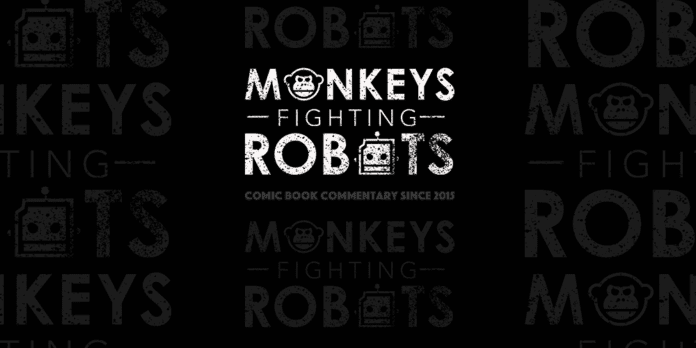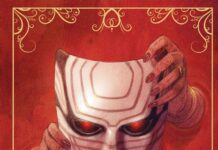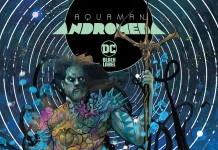We need to talk about Yoshiyuki Tomino, the father of Gundam. Why do we need to? Simple, because of the insanity, the downright misery, and that slight glimmer of hope that is present in Tomino’s work, which is present in everyday life. Again, it’s going to be one of those articles.
There are a lot of things you can say about Tomino. His often contradictory views of popular anime, his shows have the propensity to kill off more characters than any season of Game of Thrones or any show written by the Urobutcher (looking at you, Madoka Magica, and Aldnoah.Zero), a lot of his later work has not been thought of highly in the popular consensus (looking at you, Gundam Reconguista in G). He seems a relic of a bygone age. Yet this is the same man who brought us the cash cow known as Gundam, provided the road map for Evangelion with Ideon, and created one of the worst anime ever in Garzey’s Wing. Clearly there is something within Tomino’s creative sensibilities worth talking about.

None of the points I mentioned above, have answered the important question which needs to be asked: “Is his work any good?” This question is kicking off this retrospective called “The Complete Mecha Works of Yoshiyuki Tomino.” Or CMWYT, for short. I’ll work on the title.
Let me lay out some ground rules beforehand. First off, these are shows he directed featuring giant robots or are tied directly to giant robots. This is why I won’t be reviewing Triton of the Sea, yet I will be reviewing Garzey’s Wing and The Wings of Rean, the latter two have connections to Aura Battler Dunbine.

Secondly, things like novels, radio dramas or manga will not be included (Gaia Gear and Crossbone Gundam will appear as a special appendix to the series when it nears the end).
Thirdly, because this is Tomino we’re talking about, I’ve included two extra qualifiers to the final summation: the “The Tomino depression scale.” If the fans are to be believed, the more depressed Tomino was, the better the series is. We’ll test this theory to see if there’s a ring of truth to it. The second qualifier is “What makes a Tomino show, a Tomino show?” We’ll try to figure out this question, yet here’s what I have so far:

- Whiny “girlfriend”
- Mysterious “girlfriend”
- Char Aznable style rival
- The Bright Slap
- Death (and lots of it)
- Unintentional comedy
- Annoying kids
- An adorable animal (or equivalent)
- Ineffectual protagonist
- An aristocratic evil force
- A series compromised to fit the constraints placed upon it.
- A supporting team of questionable support.
I’ll be adding more to this list as time goes on. Yet before the shows themselves, I want to talk about Tomino’s background.

Yoshiyuki Tomino was born November 5, 1941, after graduating from Nihon University, he joined Osamu Tezuka’s (then) anime studio: Mushi Production in 1964. The first show he directed was episodes for the original Astro Boy and proceed to parlay this work into directing episodes of Princess Knight (1967-68). During his time at Mushi Production, he worked on a show called Wandering Sun [aka Nozomi of the Sun] (1971), and met future co-collaborator Yoshikazu Yasuhiko, who worked as the character designer. One year later, after leaving Mushi Production, Tomino got his chance to direct his first series, an adaptation of a different Osamu Tezuka manga: Triton of the Sea (1972). He continued to direct episodes of series: like the original Casshan series (1973-74), and even did storyboard work for the first season of Space Battleship Yamato (1974-75). By 1975, he had joined Nippon Sunrise, a then low key studio formed three years prior by former Mushi Production employees, and was assigned to direct a series, known as Brave Raideen.
So join me, in this retrospective of a famous anime director. I hope you have fun and get downright frustrated with me as I try to figure what makes his work tick.








